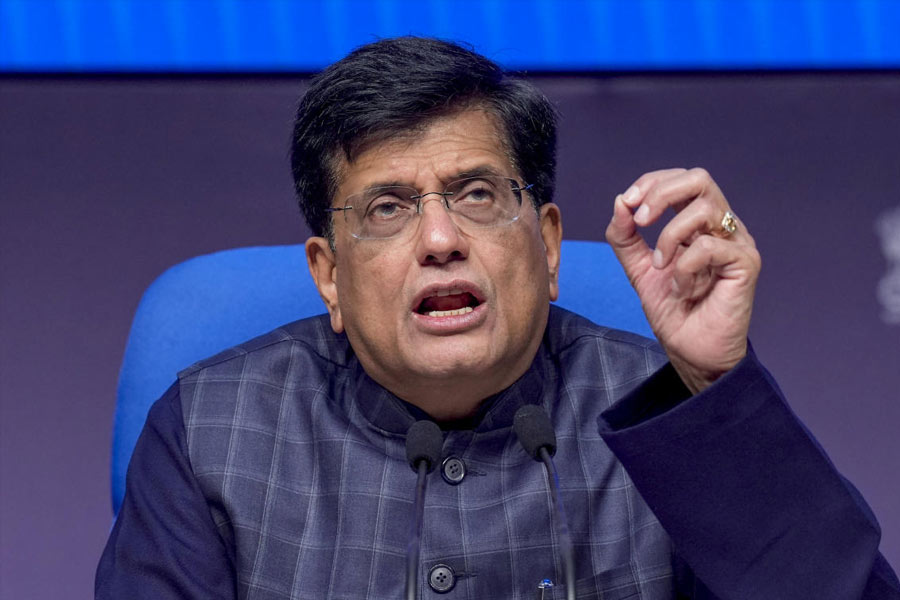 |
| Zia Nath is popularising Sufi whirling through her dance classes and public performances Photo courtesy: Zia Nath / Maharana of Mewar Charitable Foundation |
It’s the winter solstice and Zia Nath wants her students to stay awake on the longest night of the year — or at least metaphorically awaken their self. So Nath, who teaches and performs Sufi whirling and Sacred Dances, has gathered nine of her students at a community hall on Mumbai’s Carter Road.
It’s past 10pm, and after some preparatory exercises, the students form a circle. “Be as empty as possible,” instructs Nath. The students place their left hand over their hearts and their right on their bellies, and breathe deeply. “Feel the energy rise with each breath. This is your fulcrum, your still point,” says Nath.
Strains of music from Manish Vyas’s Sufi Splendor waft around the hall and the students place their left foot over the right, bow and start whirling. Some like Karishma Bajaj raise their right palm and gaze at it (to avoid feeling dizzy), turning slowly. There are others like Raj Daftary, who whirls swiftly, engrossed in the music. The musical piece lasts 15 minutes but the students whirl non-stop — without getting dizzy. Instead, after a short break, they whirl again to a second and then, a third piece.
You’d think that urban Indians in busy Mumbai would be far removed from a whirling dervish ritual associated with mystic schools in remote Egypt or Turkey. Not so, apparently. All things Sufi have, after all, captured the public imagination — thanks also to all those Bollywood Sufi numbers from Allah ke Bande to Arziyan. Remember, whirling was a means of reaching the divine for the Sufi mystics. And with Indians across urban centres embarking on spiritual quests, Sufi whirling is also finding takers here.
Nath combines Sufi temple dance movements propagated by the Armenian mystic George Ivanovich Gurdjieff, Sufi whirling dances from the famous saint Jalal-ud-din Rumi’s Mevlevi Sufi Order, and Odissi in her repertoire. All three “temple dances” express “devotion to the divine form”, she says.
Gurdjieff apparently studied the sacred dances performed in Sufi temples across the Caucasian mountains, which he later took to the West. The dances comprise precise and stark movements. The idea is “to achieve a state of inner harmony” of mind, body and emotion. “The essence of the dance is a study of the higher consciousness. It’s about connecting to the stillness and silence inside you,” says Nath.
 |
| A Sufi whirling class in progress Gajanan dudhalkar |
She’s been teaching Sufi whirling for 10 years now. But she admits that her workshops have become more regular in the last two years as interest has grown. She typically gets 20-25 beginners and 10-15 students in the continuation classes.
Some students want to try it like any other fad, some are drawn by the dance while others are interested in the spiritual experience. Take Daftary, a college student, who discovered Sufi whirling after he read Osho’s Book of Secrets. He actually found himself whirling on a Bollywood number at home one day. “I can’t express what I experienced. It was like feeling your own self,” he says. An Osho Facebook group led him to Nath. Now, drawn by the “intense” experience, he’s determined to pursue it further.
Meanwhile, for Bajaj, who runs a holistic healing centre, alternative therapies are a way of life. Yet, Nath’s Sufi whirling was a revelation. “I used to feel disintegrated with so many calls on my time. But when you’re whirling, there’s a beautiful sense of detachment and yet you feel connected to yourself,” she says.
Nath wants more people to experience this. But how did it begin for her? Well, she first discovered the Gurdjieff Sacred Dances at 17 when she saw a performance at the Osho ashram in Pune.“The dancers were doing stark linear movements and the music was soul-stirring. All the dancers’ faces were like still water. It was the most sacred mystical experience I’d had,”recalls Nath.
On learning that the Osho ashram held a 40-day intensive workshop annually, Nath decided to take it. She experienced “boundless spaces within me”. After that there was no looking back.
Keen to learn more, she found teachers of Gurdjieff Sacred Dances in the US. For the next five years, she took courses in the US each summer and at Osho in winter. Meanwhile, she completed her graduation and even became a scuba diving instructor at Prahlad Kakkar’s diving school in Lakshadweep.
How did the whirling happen? The Gurdjieff movements include whirling, and this drew Nath. She also discovered Rumi at Osho — as also the alternative healing form of craniosacral therapy which she practices.
 |
| Nath incorporates the Odissi dance form in her public performances photo Courtesy: Zia Nath / Kanakia Art Foundation |
Nath’s largely learnt whirling on her own. “It’s a practice. And it’s an exploration of yourself,” she says. This is her main focus, but she teaches the Gurdjieff movements as preparatory exercises to centre the body. “When you practice the Gurdjieff dances, your body becomes a still container so when you whirl the energy is contained within and you don’t get dizzy,” she explains.
Now, besides teaching, she’s also been performing over the last two years. It has also led her to incorporate Odissi in her performances since not everyone can watch pure Sufi whirling. For instance, she performed at a festival hosted by the Maharana of Mewar Charitable Foundation in Udaipur and more recently, at a Loomba Foundation event that saw Cherie Blair visit Mumbai.
“The performances have made the work special since a lot of people who watch them want to start learning,” says Nath. Is it a fad, though? Well, Nath agrees that 95 per cent of her students do it as a fad. But she says: “Even if five per cent can carry the essence home and continue it in some way or other, it’s fine with me.”










